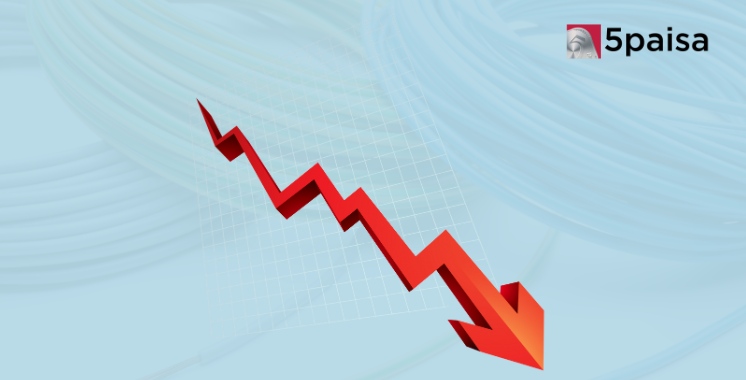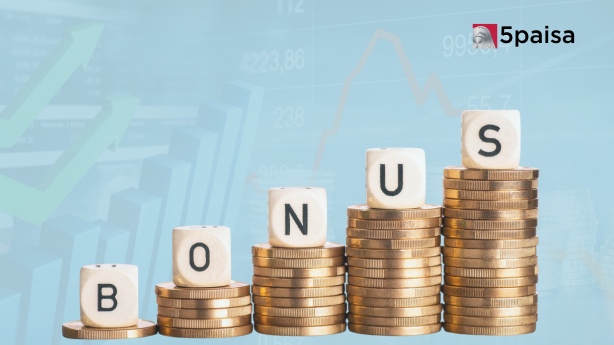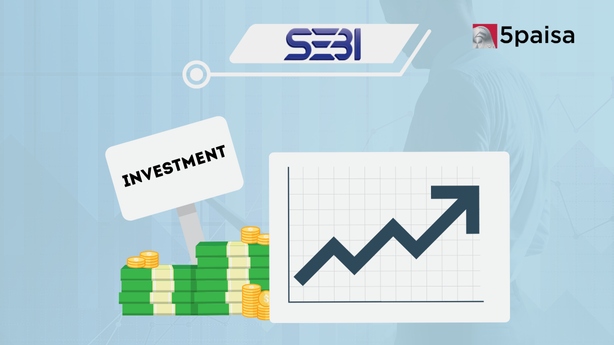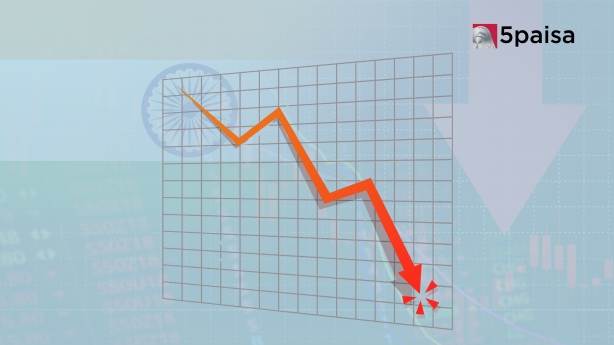Cable and Wire Stocks Decline for Second Session Amid Aditya Birla Group's Market Entry
Sensex at 65,000 – What does Sensex at lifetime high tell us?
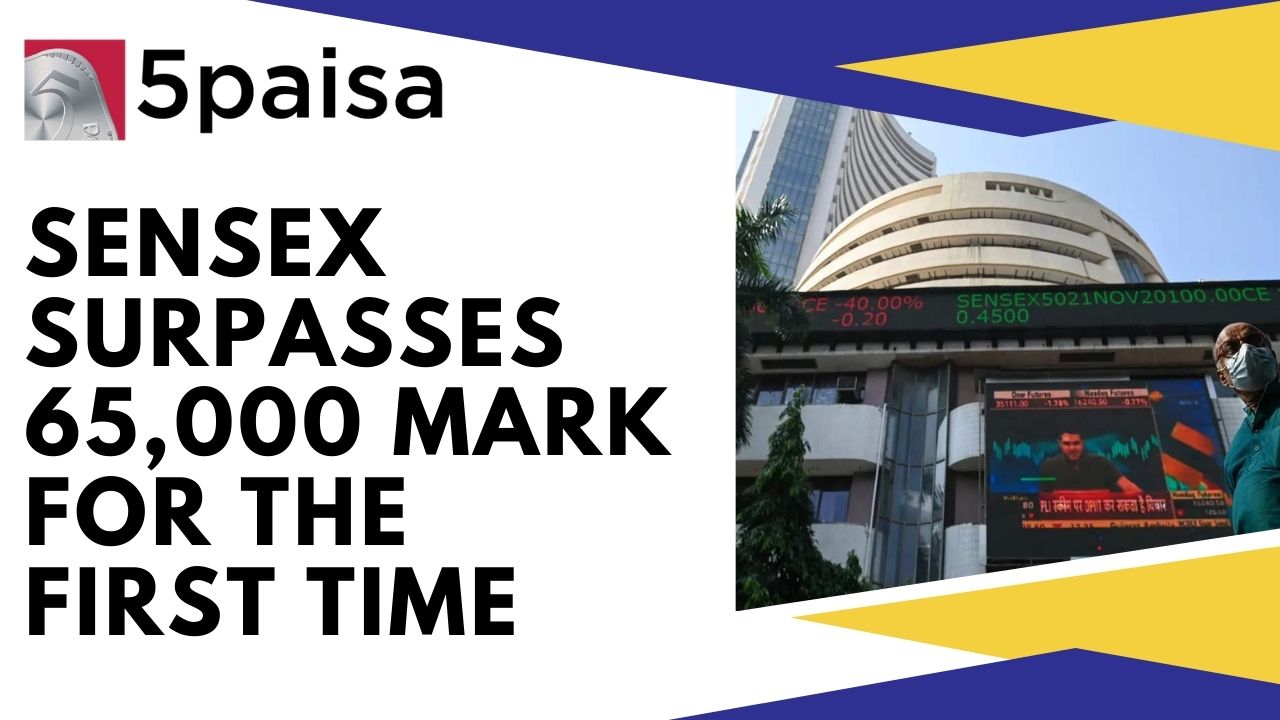
During the secular bull market, a TV journalist had asked the late Rakesh Jhunjhunwala when he saw the Sensex touching the 100,000 level. He had given an indicative idea that post 2020 we could see the Sensex scaling the 100,000 mark. He may not have been too precise, but nobody understood the pulse of the market as well as he did. Today, the Sensex trades above 65,000 and now 100,000 looks genuinely possible.
Understanding the rally to 65,000
What took the Sensex to 65,000 levels in such a short span of time. As you can see in the table below, the Sensex has traversed more than 2,200 points just in the last one week. When the markets rallied last week and broke through critical resistance levels, it was obvious that the rally would be followed by a bout of short covering. That is likely to take the Nifty and Sensex higher from current levels. The table below captures how the Sensex returns have literally gravitated in the last one week.
|
Date |
Open |
High |
Low |
Close |
|
01-Jun-23 |
62,736.47 |
62,762.41 |
62,359.14 |
62,428.54 |
|
02-Jun-23 |
62,601.97 |
62,719.84 |
62,379.86 |
62,547.11 |
|
05-Jun-23 |
62,759.19 |
62,943.20 |
62,751.72 |
62,787.47 |
|
06-Jun-23 |
62,738.35 |
62,867.95 |
62,554.21 |
62,792.88 |
|
07-Jun-23 |
62,917.39 |
63,196.43 |
62,841.95 |
63,142.96 |
|
08-Jun-23 |
63,140.17 |
63,321.40 |
62,789.73 |
62,848.64 |
|
09-Jun-23 |
62,810.68 |
62,992.16 |
62,594.74 |
62,625.63 |
|
12-Jun-23 |
62,659.98 |
62,804.89 |
62,615.20 |
62,724.71 |
|
13-Jun-23 |
62,779.14 |
63,177.47 |
62,777.04 |
63,143.16 |
|
14-Jun-23 |
63,115.48 |
63,274.03 |
63,013.51 |
63,228.51 |
|
15-Jun-23 |
63,153.78 |
63,310.96 |
62,871.08 |
62,917.63 |
|
16-Jun-23 |
62,960.73 |
63,520.36 |
62,957.17 |
63,384.58 |
|
19-Jun-23 |
63,474.21 |
63,574.69 |
63,047.83 |
63,168.30 |
|
20-Jun-23 |
63,176.77 |
63,440.19 |
62,801.91 |
63,327.70 |
|
21-Jun-23 |
63,467.46 |
63,588.31 |
63,315.62 |
63,523.15 |
|
22-Jun-23 |
63,601.71 |
63,601.71 |
63,200.63 |
63,238.89 |
|
23-Jun-23 |
63,124.28 |
63,240.63 |
62,874.12 |
62,979.37 |
|
26-Jun-23 |
62,946.50 |
63,136.09 |
62,853.67 |
62,970.00 |
|
27-Jun-23 |
63,151.85 |
63,467.54 |
63,054.84 |
63,416.03 |
|
28-Jun-23 |
63,701.78 |
64,050.44 |
63,554.82 |
63,915.42 |
|
30-Jun-23 |
64,068.44 |
64,768.58 |
64,068.44 |
64,718.56 |
|
03-Jul-23 |
64,836.16 |
65,240.57 |
64,836.16 |
65,133.21 |
Data Source: BSE
What were the factors that led to this frenetic rally in the Sensex to beyond the 65,000 levels? Here are some takeaways.
- The Sensex rally got a major boost from the infusion of funds by FPIs. In June alone, FPIs invested $5.7 billion in Indian equities, on top of $5.3 billion in May. FPIs also infused about $2 billion into debt paper, showing all-round India enthusiasm.
- The Current account deficit or the CAD for the March 2023 quarter fell sharply to 0.2% of GDP. For the full financial year FY23, the CAD was at $67 billion or 2% of GDP. It may be higher than FY22, but it is just half of what the markets expected earlier this year.
- Positive growth numbers from the US also helped. The third estimate of Q1 GDP for the US economy was pegged at 2%, which marks an upgrade of 70 bps compared to the second estimate. That is considered a plus point for the growth story.
- There is also a lot of positive energy building in India ahead of Q1FY24 results. That will start in the second week of July. Markets are expecting good numbers from banks, autos and FMCG, while even IT could be better than the last few quarters.
- Last but not the least, the stable rupee helped market sentiments since it is the key to holding dollar value of global investment returns. The rupee continues to receive adequate support from the RBI in the form of smoothening interventions.
How the Sensex reacted on Monday July 03, 2023
It was the fourth consecutive day of rally in the Sensex and the market showed no signs of tiring. Apart from buying into stocks, the markets also saw a bout of short covering during the day as shorts rushed for cover. The Sensex had even crossed the 65,200 mark at one point of time. Even the Nifty has been trading at all-time highs. In terms of Sensex rally composition, the positive vibes have come from stocks like HDFC and HDFC Bank (on merger impact expectations), Mahindra & Mahindra (on auto numbers), UltraTech Cement (on record growth in cement output) as well as other stocks like Tata Steel, Bajaj Finance, SBI, Reliance Industries and ICICI Bank. There were also a handful of laggards in the market and they included Power Grid, Maruti Suzuki, Tech Mahindra, IndusInd Bank, HCL Tech and Axis Bank. The US markets rallied sharply on Friday and most of the Asian markets have also been in the green and that buoyed sentiments in the Indian markets too.
In terms of other major global factors, the oil prices have remained subdued around $75/bbl and that has given some respite to the Indian economy, which still relies on crude imports for 85% of its daily requirements. Also, the US GDP data allayed concerns that a recession could be round the corner. The sharp upgrade of Q1GDP to 2% is indication that the US economy has managed to grow despite a hawkish stance of the Fed. In terms of high frequency domestic data, the GST collections crossed Rs1.60 trillion for the fourth time since GST was launched in July 2017. That gives hope that the revenues should be robust this time also. In between all these factors, the HDFC Bank story has also added a feel good factor to the market story.
Sensex is now a 650 bagger in the last 44 years
This is one story we often ignore in our obsession with short term returns. Forget about the vagaries of the Sensex over the last few years. Just take a 44 year perspective from the time Sensex was launched in India in the year 1979. An investment of Rs100 in the Sensex in the year 1979 would be worth a good Rs65,000 today. That is just another way of looking at the Sensex vis-à-vis its base year. What does that mean in terms of returns over these 44 years?
Long term returns are best measured in terms of compounded annual growth rate (CAGR). If you look at the Sensex CAGR over the last 44 years since its launch, it is a whopping 15.87%. Now this is just the pure price returns. If you add the average dividend yield of 1.5% to these returns, we are talking about CAGR returns of about 17.37% over the last 44 years. It is almost impossible to find another asset class that has given such amazing returns. Goes to show that even a passive approach to equities can yield phenomenal returns for investors and the Sensex over the last 44 years proves just that.
- Flat ₹20 Brokerage
- Next-gen Trading
- Advance Charting
- Actionable Ideas
Trending on 5paisa
02
 5paisa Research Team
5paisa Research Team
03
 5paisa Research Team
5paisa Research Team
04
 5paisa Research Team
5paisa Research Team
Indian Market Related Articles
Disclaimer: Investment in securities market are subject to market risks, read all the related documents carefully before investing. For detailed disclaimer please Click here.
